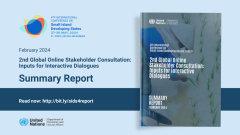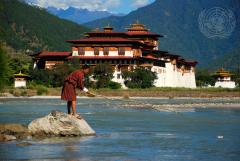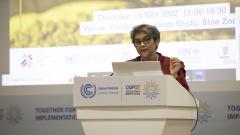Good Practices in South-South and Triangular Cooperation for Sustainable Development in SIDS
Small Island Developing States (SIDS) have been a formidable negotiating force on the international stage, at a scale that far exceeds their size.
Working together, they have led major international breakthroughs on some of our most pressing global concerns, from climate change to oceans and the Sustainable Development Goals (SDGs).
It is because island communities are at the frontlines of a changing world that SIDS are spawning a wide range of solutions, some of which are addressing transnational development challenges. Many of these solutions need to be nurtured, promoted, scaled-up and implemented by different SIDS as nations co-operate and learn from each other.
As the examples of innovative solutions grow, there is increasing recognition that South-South cooperation (between SIDS) and triangular cooperation (involving multilateral partners or the donor community) can accelerate the attainment of global international frameworks like the SAMOA Pathway and the SDGs.
This publication on “Good Practices in South-South and Triangular Cooperation for Sustainable Development in SIDS - Advancing SAMOA Pathway and Achieving Sustainable Recovery” attests to the innovative ways different models of international cooperation can support SIDS to overcome shared challenges and accelerate progress towards sustainable development, including recovery from COVID-19.
This publication showcases some effective South-South and triangular practices and innovative development solutions, in areas such as climate change, sustainable energy, sustainable transport and disaster risk reduction.
Although at their innovative stages, many of these emerging practices will benefit from continued practice and adoption, as they are scaled-up in different island countries.
But it is the ability to create these home-grown and South-South solutions that must be protected and encouraged. The extent to which these efforts catalyse transformational change will depend in part on how enabling the environment is at the local, regional, and global levels.
All of this underscores the need for continued financial and technical support for SIDS to stimulate and nurture home-grown and South-South solutions.
This important work should be enabled to grow unfettered, or a source of inspiration for all countries, great and small, to develop and share innovative solutions to the most pressing challenges confronting SIDS.
Related document:
"Good Practices in South-South and Triangular Cooperation for Sustainable Development in SIDS - Advancing SAMOA Pathway and Achieving Sustainable Recovery"






